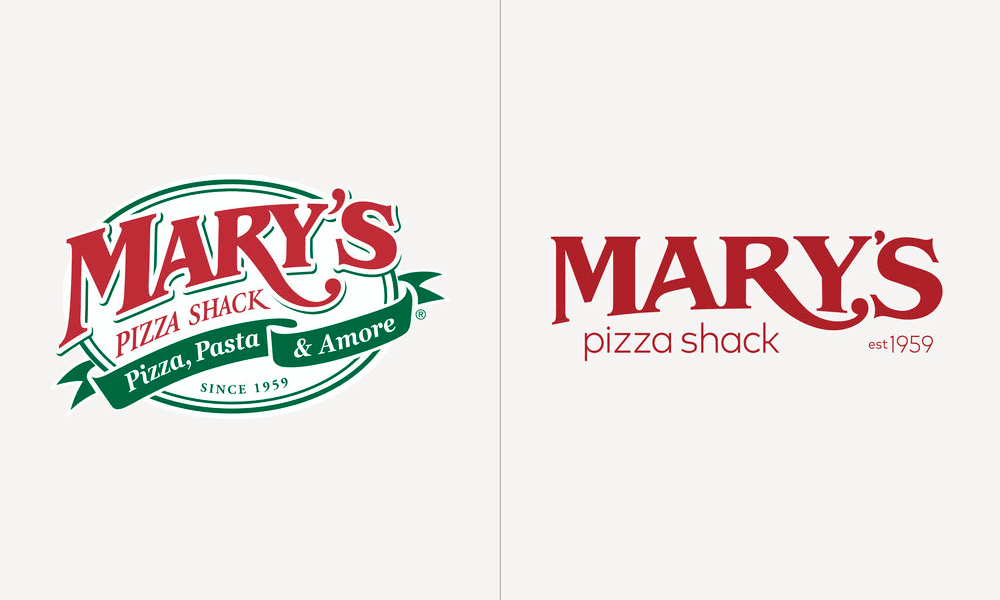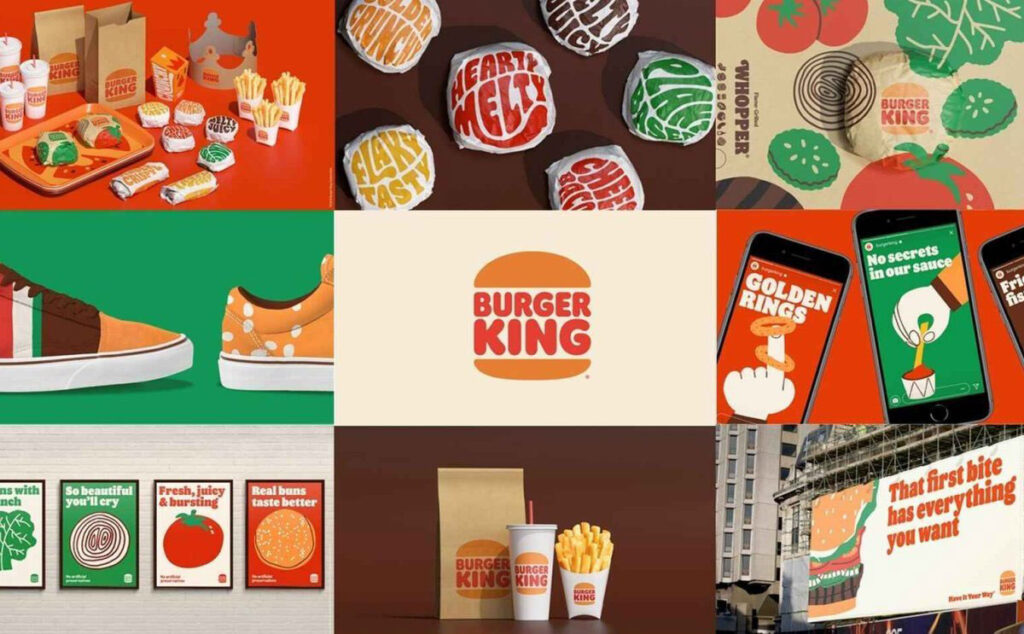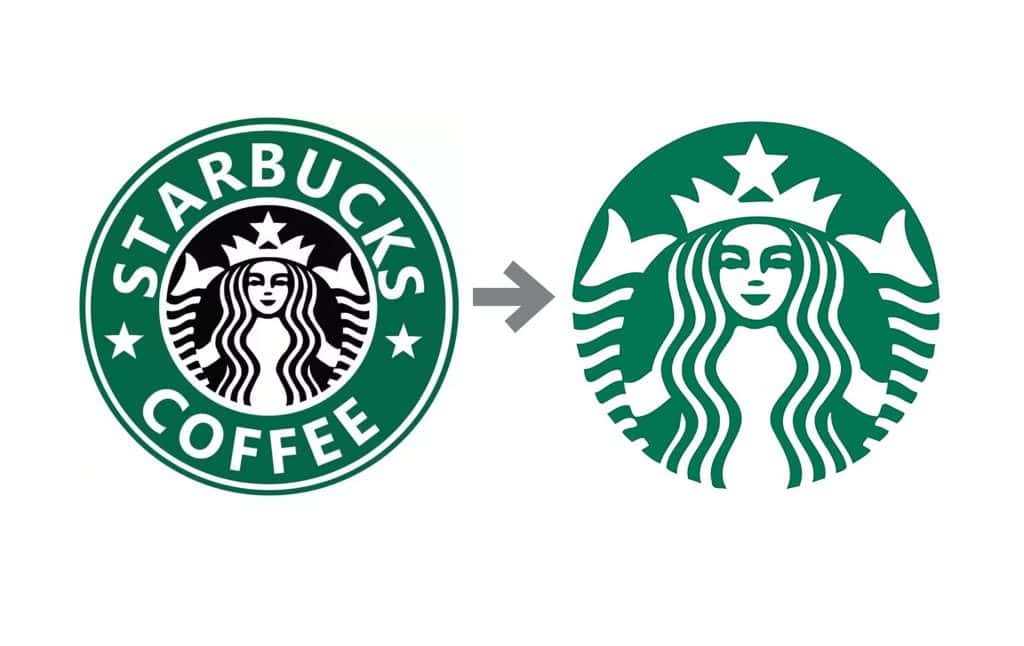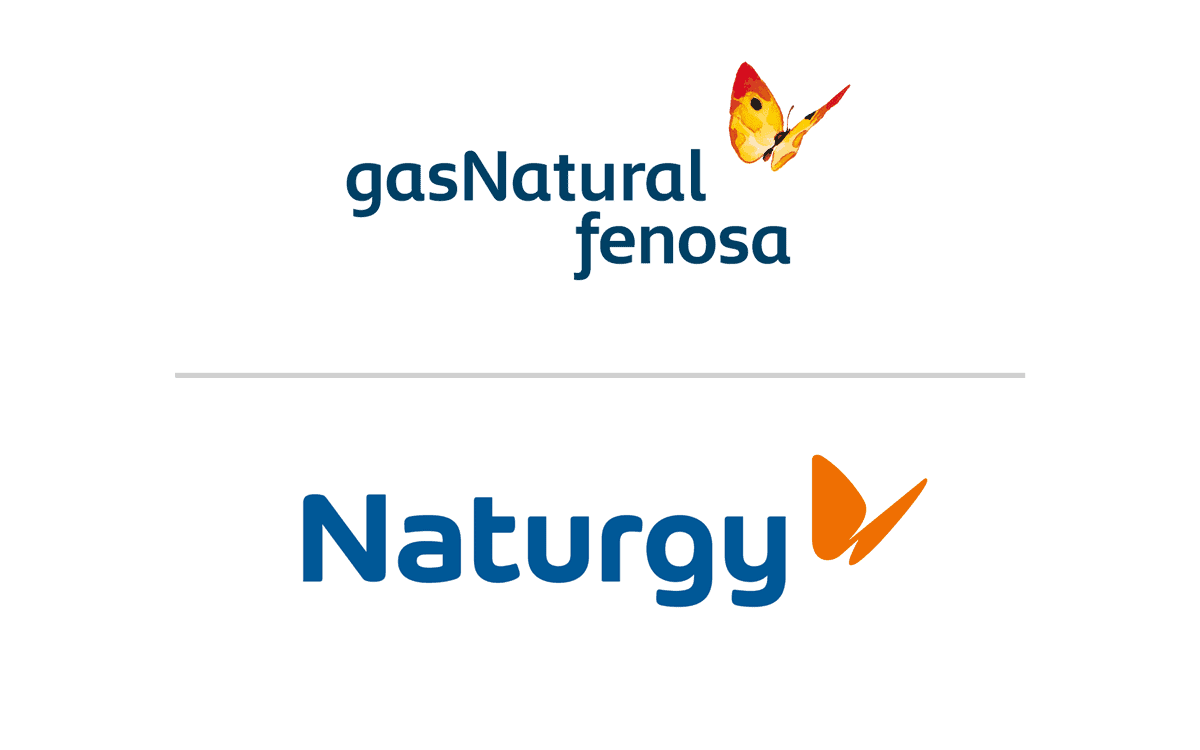Brand Refresh or Rebrand: Evaluating When It's Time
As a business owner, you've likely put your blood, sweat, and tears into building your brand. Your logo design, colours, messaging, and overall identity are precious to you. But over time, your brand can start to feel stale. Consumer preferences shift. New competitors enter your space with fresher brands. Or maybe your offerings have evolved, and your original branding no longer fits.
When your brand starts feeling outdated or misaligned, you have an essential decision: Refresh your current brand or initiate a rebrand? This choice will impact everything from your marketing materials to your budget, so weighing the options carefully is crucial.
I've been there myself. In my company's early days, we positioned ourselves as friendly coaches who could help people achieve their goals. However, we needed a different approach as we expanded our software platform. Did we need a refresh, or was it time for a complete rebrand?
In this article, I'll share the key factors to consider when deciding between a brand refresh and a rebrand. I aim to provide a strategic framework to guide you in making the correct branding move for your current business needs and goals. A well-executed refresh or rebrand is an investment that can pay dividends for years to come.
Table of Contents
Defining Brand Refresh vs Rebrand

Before weighing your options, it's essential to understand what exactly is meant by a brand “refresh” compared to a complete “rebrand.”
Brand Refresh
A brand refresh breathes new life into your current visual identity and messaging. The emphasis is on updating elements of your brand rather than overhauling it completely.
- You would keep your current company name.
- Your logo is updated, not replaced. Colours, fonts, and design elements are refreshed.
- Your brand messaging is refined and updated, not rewritten from scratch.
- You're keeping the same general brand voice and personality and sharpening it.
- Your website and collateral get a makeover with refreshed design, content, and functionality.
- Overall, the updates build on existing brand equity vs. starting completely fresh.
Some examples of successful brand refreshes include Spotify updating its bold, bright green logo while maintaining strong brand recognition. Microsoft also refreshed its classic wordmark and colour palette to feel more contemporary.
Rebrand
A rebrand overhauls your company's visual identity, messaging, and more. The goal is to reposition your brand to reflect significant internal or external changes.
- Your company name often changes completely.
- You adopt a brand-new logo, colour palette, typography, imagery, and design language.
- Brand messaging, voice, and personality are rewritten from square one.
- Your website and all branded touchpoints get a complete makeover.
- The emphasis is on reinventing your brand story and equities vs. evolving them.
Some major corporate rebrands include Andersen Consulting becoming Accenture and BackRub morphing into Google. More recently, Dunkin' dropped the “Donuts” from its name to reflect its more comprehensive menu.
As you can see, rebrands require much more time, resources, and heavy lifting than refreshes. But in some cases, they are needed to unlock future growth and opportunities.
Key Factors to Consider

Now that we've defined a brand refresh versus a rebrand let's explore five key factors to weigh as you decide which approach is right for your business.
1 – How Much Has Your Business Changed?
Think about how much your products, services, mission and values have evolved since you first developed your branding. Have you pivoted to an entirely different model or market? Added so many new offerings that your original identity feels restrictive? Have you seen rapid growth from a small startup to an enterprise?
Significant internal changes to your business model, offerings and customers indicate that it may be time for a rebrand rather than a refresh. Your branding should evolve as your company does.
For example, when Reed Hastings expanded from DVD rentals to streaming in 2007, Netflix underwent a significant rebrand to position itself as a digital entertainment leader. The new logo, look, and messaging matched the company's strategic transformation.
On the flip side, if your core business model is solid, but your branding feels stuck in the past, a refresh can modernise things without the risk or cost of a complete rebrand.
2 – How Does Your Branding Perform with Customers?
Your brand identity exists to create desire and build loyalty with customers. So, assessing whether your current branding and positioning still resonates or needs to be updated is vital.
What are customers saying about your company and branding in reviews, social media, and surveys? Does website traffic and conversion data show people connecting with your messaging? Or is brand awareness and sentiment declining?
If your branding actively turns off customers or no longer engages them, it likely needs an overhaul through a rebrand. A refresh may not be enough to fix deeper issues.
That was when Comcast noticed that negative customer perceptions severely hampered its brand. The company initiated a significant rebrand focused on completely transforming the customer experience.
But if you have substantial brand equity that needs modernising, a refresh can update the packaging while preserving brand recognition and loyalty.
- Kenney, Bill (Author)
- English (Publication Language)
- 240 Pages – 07/05/2023 (Publication Date) – Lioncrest Publishing (Publisher)
3 – Who Are Your Competitors?
Please take a close look at direct competitors and their branding. If newer players have entered your space with robust and modern branding, it can threaten your positioning. A competitive audit is crucial.
Do these competitors make your company seem dated in comparison? Do they better attract your ideal demographic? Are prospects favouring their branding over yours?
Facing new competition with fresh, strategic branding signifies that a rebrand may be needed to reclaim your positioning.
For instance, Old Navy struggled as newer fast fashion brands like H&M ate into their market share. To re-energise interest, Old Navy underwent an extensive rebrand focusing on updated fashion and vibrant visuals.
But if you still stand out from competitors, a refresh and adding some modern polish can help maintain your edge. Starbucks has remained a leader through frequent branding refreshes vs. constant rebrands.
4 – Does Your Brand Align with Business Goals?
Your business strategy keeps evolving, but does your branding still align? You may have expanded geographically and need to translate better globally. Or you want to attract top talent by conveying your workplace culture. You may be targeting higher-end customers than before.
A refresh or rebrand is necessary when your branding and strategic objectives fall out of sync. Which approach depends on how aligned the core of your current branding remains.
For instance, a complete rebrand made sense when Burger King wanted to expand internationally and attract a more health-conscious audience. The old fast food-focused branding was too limiting.
But refresh can be enough if most of your brand foundation is solid. When Arm & Hammer wanted to expand beyond baking soda, they successfully refreshed vs. starting entirely over.
5 – What Is Your Budget?
Be honest about how much you can reasonably invest in any branding update. Rebrands are far more expensive than a refresh due to the required work. Branding agencies usually quote redesign budgets between $50,000 – $200,000+.
If finances are tight, a phased refresh can still provide an impactful update for a much lower cost. Focus on modernising key customer touchpoints first, then trickle down any changes to the rest of your materials over time.
However, scraping by on a shoestring budget can result in a smooth, practical refresh. If you require significant changes to reposition your floundering brand, feel free to secure proper funding, even if it means delaying efforts a bit.
Making the Call: Refresh or Rebrand?

After working through these key factors, you should have a clearer sense of whether your brand needs:
- A refresh to polish things up
- A rebrand to rebuild from scratch
- More time for additional evaluation
I can't decide for your unique situation. But I can share a few overarching guidelines to help decide on the right branding move:
When to Refresh Your Brand
- Your core offerings and business model are unchanged.
- Your brand strategy is primarily sound but needs to be updated.
- You want to modernise without losing existing brand equity.
- Your budget is limited.
- You have significant brand awareness and loyalty to maintain.
When to Rebrand Your Business
- You've undergone significant internal changes to your model and offerings.
- Your brand has weakened severely over time.
- You operate in an outdated category, facing fresh new competitors.
- Your brand identity actively hurts more than helps with your positioning.
- You can secure adequate funding and resources.
One of the biggest mistakes is trying a “halfway rebrand” without fully committing time and money to overhaul things properly. So be honest about which direction is right.
A smart refresh or rebrand also can't happen in a silo. Bring in stakeholders across units to align on strategy and execution. And solicit external customer perspectives through surveys and focus groups—don't assume you know their needs.
Finally, don't launch any updated branding until you have buy-in and training across your organisation. Your team must embrace and properly implement any changes to succeed.
Executing a Strategic Brand Refresh

If pursuing a refresh, here is an optimised process to follow:
Set Objectives
Start by defining specific objectives you want the refresh to achieve. For example:
- Make our technology company feel more modern and innovative.
- Streamline our sophisticated financial services branding.
- Give our product packaging more shelf appeal.
With clear goals, you can later evaluate if the refresh hits the mark.
Audit Current Branding
Next, thoroughly audit your current branding and identify pain points and opportunities. Examine your logo, colour scheme, typography, messaging, and visuals.
Assess both subjective elements (e.g. does our current branding feel dated?) and concrete issues (e.g. logo doesn't resize well digitally). Include customer perspectives from surveys or interviews.
Research Competitors and Trends
Now, conduct external research on competitors, customers, and market trends. Look for gaps where their branding resonates better than yours, or leverage the latest trends you're missing.
Identify what strategically differentiates you and areas where your branding should modernise to align with customer needs and expectations.
Refresh Key Elements
With insights from your research, start refreshing your branding elements individually.
Logo:
- Simplify and streamline logo shape and lines
- Update colours and typography
- Ensure the logo works digitally and in small sizes
Messaging:
- Refine taglines and messaging
- Sharpen positioning and value prop
- Update tone and voice where needed
Visuals:
- Incorporate more lifestyle imagery
- Increase diversity
- Align with modern aesthetics
Website:
- Redesign layout and user experience
- Refresh content and copy
- Update functionality and add new features
Roll Out Strategically
Once you've rebuilt your core branding elements, it's time for a strategic roll-out—Prioritise high-impact spots like your website and social channels. Introduce changes slowly into brochures, ads, etc., to manage costs.
Gradual updates prevent shocking loyal customers while still steadily progressing. Align all consumer and internal team communications to facilitate the transition.
Track Performance
Monitor critical metrics after launching your refreshed branding. Did it achieve your original goals and KPIs? Are customers responding positively? What refinements are still needed?
Be prepared to keep optimising your new branding over time to maximise results. Stay on top of future trends, so your refresh stays fresh.
Pulling Off a Successful Rebrand

For companies that require a complete rebrand, the process involves much more extensive effort:
Start Strategic
Every strong rebrand starts with an overarching strategy. It would be best to clarify where your brand has been, where you want it to go, and how to get there.
Analyse your current state through market research, branding audits, and competitive analysis. Then, define your brand vision and mission for the future. Align executives, stakeholders and agencies on the strategy before visual redesign begins.
Know Your Audience
Reconnect directly with customers and target audiences through surveys, interviews and focus groups.
The goal is to understand customer perspectives, frustrations and needs deeply. When launching your rebrand, you want to address these findings to maximise relevance.
Determine New Positioning
With strategy and customer insights finalised, decide on rebrand positioning. What do you want your company to represent going forward? Draft core messaging that resonates with your audience while differentiating from competitors.
Redesign Visual Identity
Now, the visual transformation can begin. Work with a branding agency or skilled designers to overhaul your logo, colour palette, typography, iconography, and imagery.
Ensure all elements align to reinforce your new brand positioning and message platform.
Overhaul Touchpoints
Visually redesign your website, packaging, promotions, fleet, uniforms, signage, stores, and every other customer touchpoint. This is a massive undertaking, but it is necessary to make the rebrand believable.
Realign Internal Teams
Your external rebrand can only succeed if employees align internally. Provide training and resources to advocate the new positioning with customers. Adjust your culture and workflows to deliver on the brand promise.
Promote the Transformation
Heavily promote the “new you” through advertising, social media, PR, events and customer communications. Spotlight the benefits and improvements you're delivering.
Combat any scepticism by demonstrating real change vs. empty branding lip service.
Track and Iterate
Monitor brand health metrics continuously to assess how customers are responding. Be ready to quickly address any pain points and enhance your understanding of your new brand.
It likely takes years of refinement for a rebrand to take hold fully. Stay nimble and keep customers involved along the journey.
Key Takeaways on Brand Refresh vs. Rebrand

When faced with stale branding, you now have a detailed framework to decide between a refresh or rebrand. To wrap up, here are some essential tips to keep in mind:
- Don't let your branding languish too long before taking action. Faded brands struggle to compete.
- Involve company leaders, customers, and frontline staff in refreshments or rebrands.
- A refresh can boost branding at a lower cost, but don't try quick fixes for more profound issues.
- Rebrands require a significant resource investment but deliver complete transformation.
- Set clear goals and metrics early on to track the impact of any changes.
- Evolve and optimise your new branding over time to stay competitive.
With the right strategic approach, a compelling refresh or rebrand delivers immense long-term value. It reignites customer interest, unlocks new markets and opportunities, and forms a platform for future growth.
Just don't let excessive change become your norm. Branding also requires long-term consistency—avoid constantly chasing trends through continuous rebrands. Carefully update when needed, and recognise when your core brand equity should be preserved vs. discarded.
Finding this balance leads to resonant, enduring brands that stand the test of time by continually evolving without revolution. Your customers crave familiarity and connection just as much as freshness.
Now get out there and hit refresh on your brand! But take a strategic, thoughtful approach to maximise results. With clear goals and proper investment, you can build a brand identity poised to thrive for years.
Frequently Asked Questions
What are some signs your brand may be due for a refresh?
Your visual identity and messaging feel dated or stale.
Customers say your brand doesn't feel modern or innovative enough.
You've lost ground to competitors with fresher branding and positioning.
Your products or services have evolved beyond their original branding.
Brand awareness and sentiment metrics have declined over time.
How much does a brand refresh cost compared to a rebrand?
A brand refresh can often be executed for under $100,000, with many projects ranging from $50,000 to $75,000. Full rebrands usually start around $150,000 and can exceed $500,000 for large corporations.
Can we refresh our brand identity internally?
You can handle essential refresh elements in-house, like updating logo files or refreshing website copy. However, specialised expertise is recommended to revamp visual identity and branding strategy. Many companies see DIY refreshes backfire due to a lack of branding knowledge.
How long does it take to implement a brand refresh?
A phased brand refresh focused on core elements like logo and website can often be executed in 2-4 months. For more complex refreshes, 6-12 months is typical for a thorough strategy and staged roll-out.
Should customers be involved in a brand refresh?
Absolutely. Refresh projects should solicit customer perspectives through surveys, focus groups, or interviews. You want to address any pain points and disconnects between current branding and audience expectations.
Last update on 2024-05-12 / Affiliate links / Images from Amazon Product Advertising API

